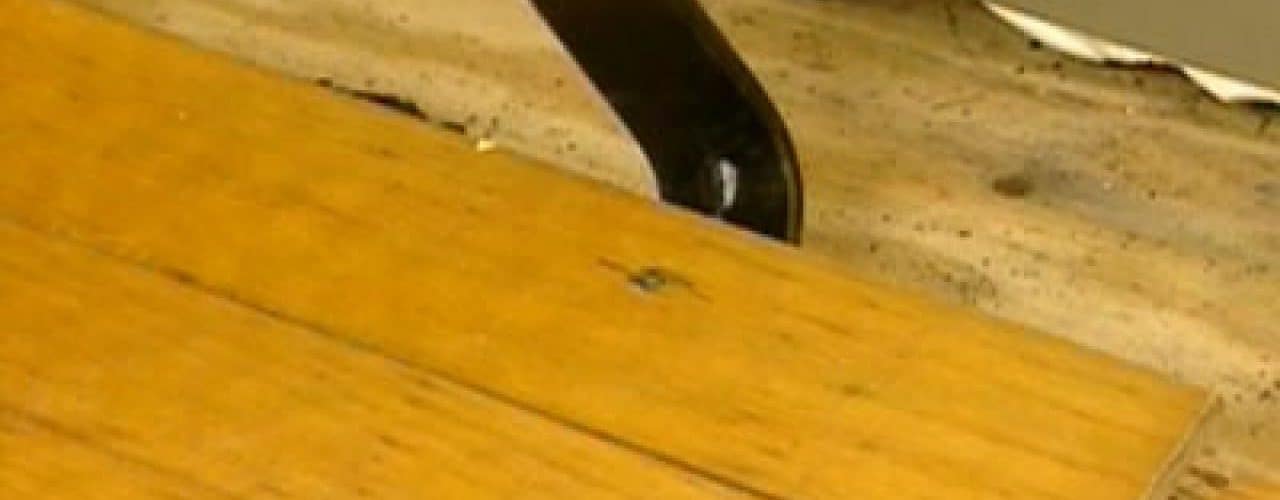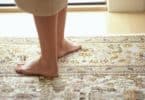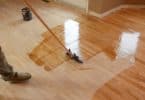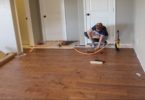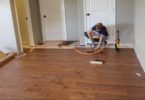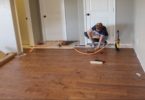There is no doubt about the fact that hardwood floors add value to a home and provide easy to maintain flooring that will last for many years to come, but many consumers simply don’t know how to repair their hardwood floors when the need arises. Simulated hardwood floors, such as laminates and other products, can easily be replaced if any damage ever occurs. Genuine flooring made out of hard woods, however, can often be repaired and will not require replacement unless large gouges or holes are present. The following guide will help consumers determine what actions will be necessary to properly repair hardwood floors.
Contents
Swirl Marks / Surface Stains
Before deciding how to fix any swirl marks or other stains found on the surface, an individual needs to determine whether their floors have a polyurethane coating or not. If there is no protective coating, the floor will need to be sanded and refinished to match the rest of the flooring. If a protective coating is present, the very top surface should be lightly sanded. It is important for individuals not to reach the wood, but rather just sand into the coating of polyurethane. The color of the flooring will not be effected and the repair is complete once a few light coats of protectant are brushed back on the surface.
Minor Scratches
If the minor scratches are simply on the surface of the hardwood floors, the above method can be attempted. However, deeper scratches can often be filled in with a light rubbing compound that will conceal the scratches. Many home improvement stores sell products that are designed to remove light scratches without harming the actual finish or the coloration of the hardwood floors. This is always worth a try prior to deciding to sand and refinish the area.
Gouges / Major Scratches
Any hardwood floors that are plagued with gouges or major scratches are going to have to either be sanded and refinished, or completely replaced. Depending on the thickness of the wood, most floors can be sanded enough to remove any of the gouges that may be present. Sanding and refinishing can be completed without professional assistance, but it will require the rental of a machine from a local home improvement or hardware store. Most sanders have a catch mechanism that will contain as much dust as possible, but any belongings should be covered for protection. After the entire surface is sanded and the dust is cleaned up, the next step is to apply the coats of finish in the desired color. Each coat should be very thin in application so as not to cause spotting. The final coats will consist of a polyurethane finish, and three to four coats are often advisable. The time required between coats varies by manufacturer, so individuals should carefully read the instructions found on the container.
Holes or Rotted Wood
Individuals facing these types of problems need to be aware that the damage is either being caused by termites or by water. If a consumer simply repairs the hardwood floors without figuring out what the source of trouble is, the fix will be temporary and the problem will return. A floor that is plagued with rotten wood often must have a significant segment completely replaced. Any boards that are rotten or have holes should be removed, and the underside of the sub flooring should be inspected. After the source of the problem is taken care of, the boards can be replaced and stained to match the rest of the floor. If the area that must be replaced is a significant portion of the flooring, it is often better to sand and refinish it in its entirety.

